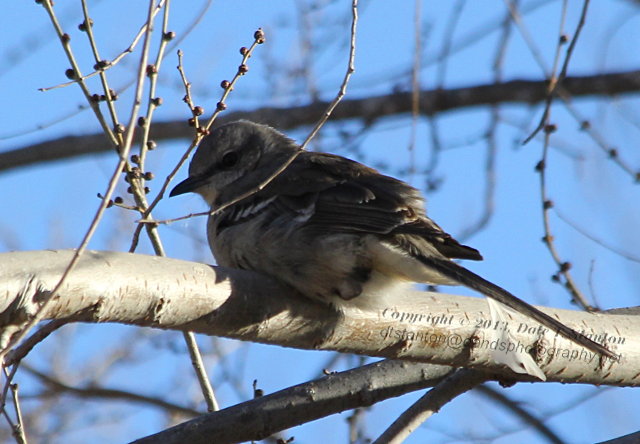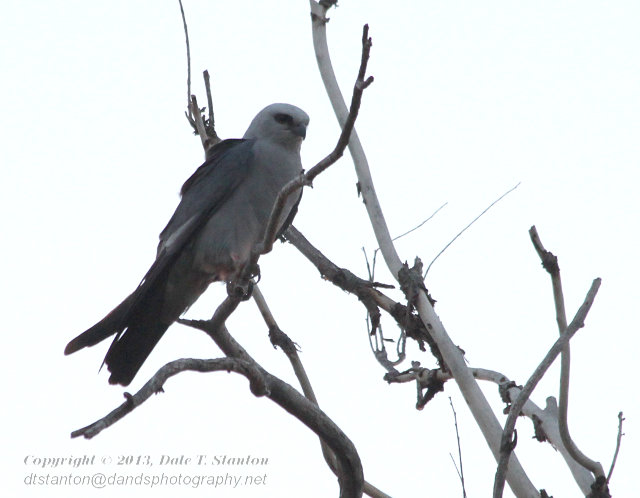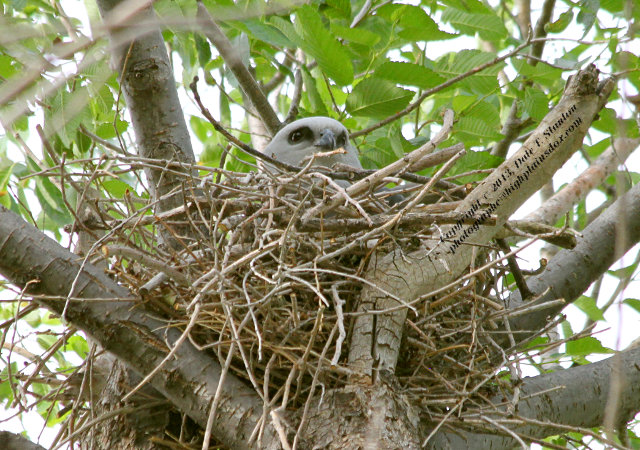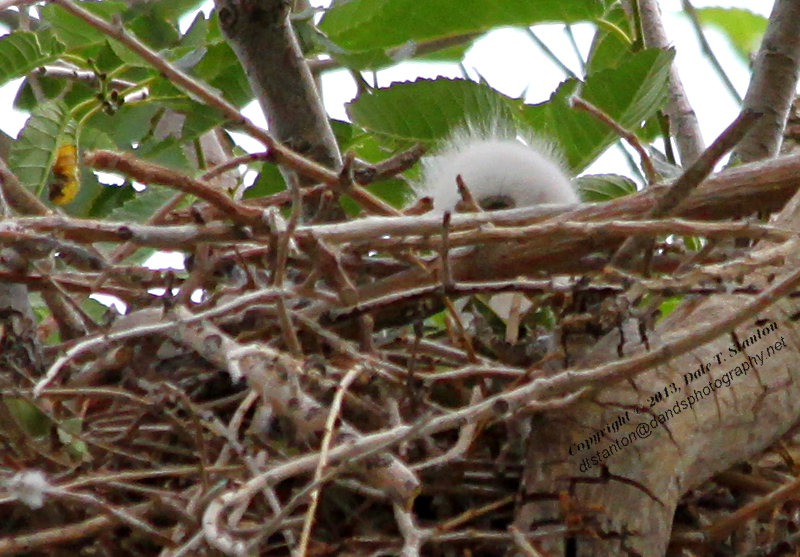Yesterday I was talking with our neighbor - who lives in the house on the other side of the Kite nest. Momma Kite was tending to her hatchling(s), and her mate was in a tree in front of our house. As I was talking to the neighbor, Mr. Kite swooped down and buzzed us, smacking me on the head with his wing as he flew by. Our neighbor's eyes bugged out and his mouth dropped open. First time he had ever seen that happen. I had previously given him a "heads up" about the nest and possibility of getting buzzed, after which he got buzzed himself.
This was a first for me, a Kite making contact during a fly-by. I had heard stories of other people getting "attacked", but I have never been until yesterday - and I've been buzzed a lot over the years. (No, I don't really consider it an "attack", per se'.)
I'm thinking that whether or not one gets contacted during a buzzing depends on the individual Kite - how intent he/she might be on protecting the nest and chicks, and of course, how much of a threat they think a "target" might be.
Hopefully, I won't get any talons in my scalp during these incidents. If I do, I will understand completely and not hold it against them.
After rescuing a young Kite when we found it orphaned, dehydrated and hungry, I'm not the least bit put off when a Kite pair cares for (and protects) its family.
This is the actual gentleman that tagged me:
From the
Internet Center for Wildlife Damage Management:
"Some Mississippi kites create problems by diving at and frightening
people who venture near their nests (Fig. 2). The diving behavior is
initiated to protect the nest and young, but occurs at less than 20% of
the nests. Diving increases as incubation progresses and is most
prevalent after hatching. Often both parents dive and emit shrill cries
when the nest is threatened. These alarm calls often attract other
kites, which also harass the intruder. Although kites may swoop within
inches of an individual, only 3% of 903 dives recorded at one golf
course resulted in the birds actually hitting humans. These attacks,
however, can be serious if elderly individuals or children riding
bicycles are frightened and fall. After the young leave their nests, the
diving behavior stops."
.
[Addendum - 11 July 2017:
After all these years, I've come to wonder if the diving contacts aren't made for a simple reason. These birds are predators. When you run or try to avoid a predator, its natural tendency is to get more aggressive and try to catch whatever is trying to avoid it. The times I've been hit on the head, it's never met with talons or injury. I have never made "escape" movements. I wonder if I had, if the Kite would have tried to "catch" me with its talons. Food for thought. This may be the reason that some people have been injured by them when they dive.]


















